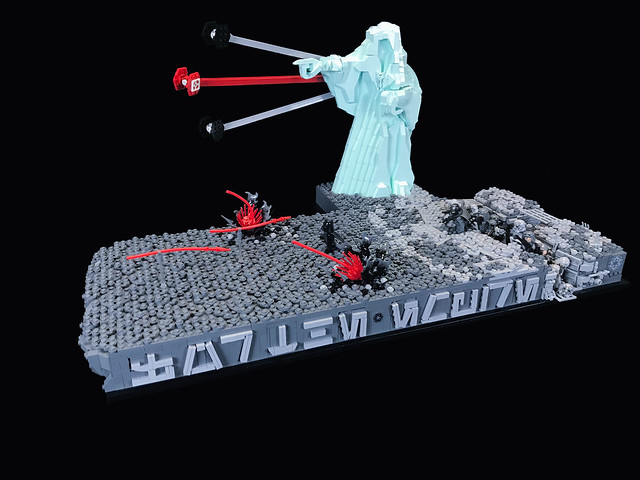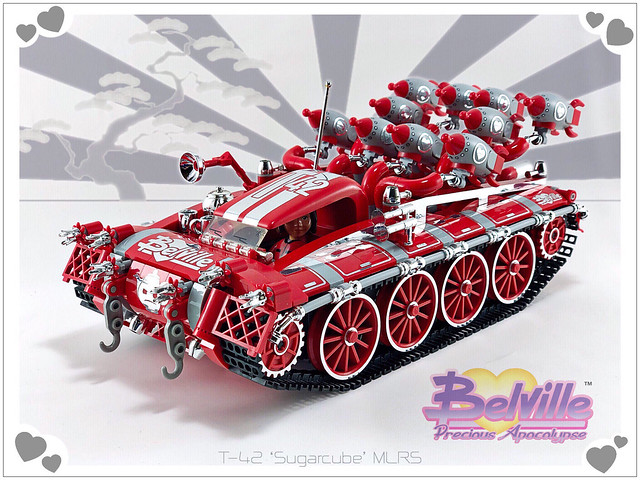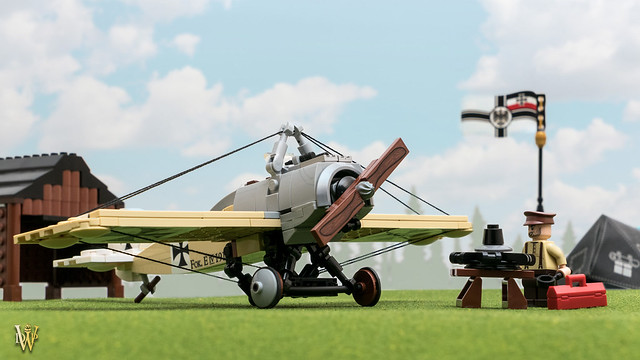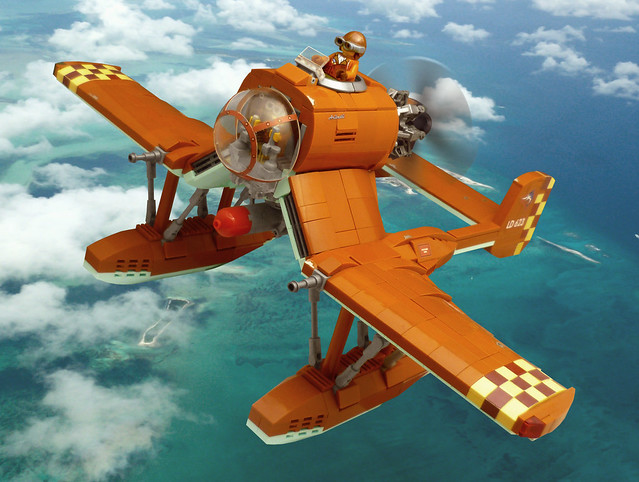Kelvin Low’s latest LEGO creation brings to life a turret-headed mech based on original artwork by Emerson Tung. Taking inspiration from a number of classic tank elements, the Kaiserian Grunt Tankhead has a tough militaristic feel. It manages to achieve this aesthetic by balancing its heavy cannon-toting head and meaty body on top of substantial spread-toed feet.
To fully appreciate this type of build, you need to get under the skin of the mechanical beast. Luckily, Kelvin has supplied us with a video showing off his ingenious construction techniques. In it, he records in detail how the various components of the mech’s armoured body are applied to its Technic skeleton.
















